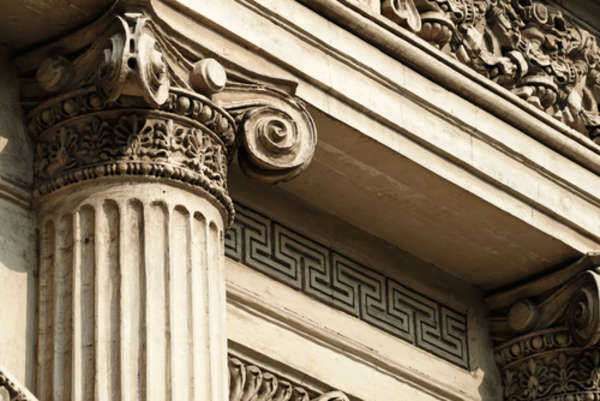
Circuit Court
The modern Circuit Court system involves thirteen Circuit Courts of Appeals. There are eleven numbered Circuit Courts, the United States Court of Appeals for the Federal Circuit, and the United States Court of Appeals for the District of Columbia Circuit. The only one of these Circuit Courts that is not restricted by geography is the United States Court of Appeals for the Federal Circuit.
Circuit Court Access
Circuit Court access has become much easier to obtain in recent years. In addition to Circuit Court access to rulings granted by West Publishing Company in the Federal Reporter and Federal Appendix, Circuit Court access can be found online. Circuit Court access involves each court’s website.
Second Circuit Court of Appeals
The Second Circuit Court of Appeals represents New York, Connecticut, and Vermont. The Second Circuit Court of Appeals meets in downtown Manhattan. The Second Circuit Court of appeals is one or two Circuit Court of Appeals to have the majority of its members appointed by a single President, in this case President William Jefferson Clinton.
Third Circuit Court of Appeals
The Third Circuit Court of Appeals has appellate jurisdiction over courts in Pennsylvania, New Jersey, Delaware, and the United States Virgin Islands, making it one of the three Circuit Courts of Appeals to have appellate jurisdiction over a territory of the United States of America.
Fourth Circuit Court of Appeals
The Fourth Circuit Court of Appeals hears appeals resulting from district court cases in West Virginia, Virginia, Maryland, North Carolina, and South Carolina. The Fourth Circuit Court of Appeals is the most efficient Circuit Court of Appeals, averaging seven months per appeal.
Fifth Circuit Court of Appeals
The Fifth Circuit Court of Appeals ceded appellate jurisdiction over Alabama, Georgia, and Florida to the newly established Eleventh Circuit Court of Appeals in 1981, but retains jurisdiction over district courts in Texas, Louisiana, and Mississippi.
Sixth Circuit Court of Appeals
The Sixth Circuit Court of Appeals is the appellate court for district courts in Michigan, Ohio, Kentucky, and Tennessee. The Sixth Circuit Court seated the only man to serve as both President and Supreme Justice of the United States of America, President Howard Taft.
Seventh Circuit Court of Appeals
The Seventh Circuit Court of Appeals reviews district court decisions in Wisconsin, Illinois, and Indiana. The 7th Circuit Court of Appeals is the most technologically advanced, featuring an online presence that involves the use of a wiki site and an RSS feed which allows individuals to obtain information about arguments presented in the cases.
Eighth Circuit Court of Appeals
The 8th Circuit Court of Appeals is the appellate court for Minnesota, North Dakota, South Dakota, Iowa, Nebraska, Missouri, and Arkansas. Until 1929, the 8th Circuit Court of Appeals had appellate jurisdiction over Wyoming, Utah, Colorado, Kansas, New Mexico, and Oklahoma, until these district courts were removed to form the Tenth Circuit Court of Appeals.
Ninth Circuit Court of Appeals
The 9th Circuit Court of Appeals is the largest appellate district Court, covering Alaska, Washington, Idaho, Montana, Oregon, California, Nevada, Arizona, and Hawaii. The Ninth Circuit Court of Appeals also oversees courts in Guam and the Northern Mariana Islands.
























